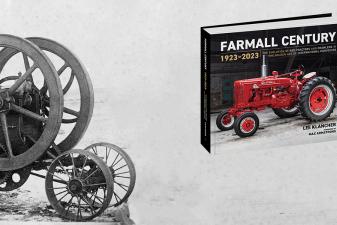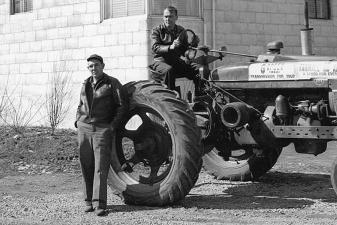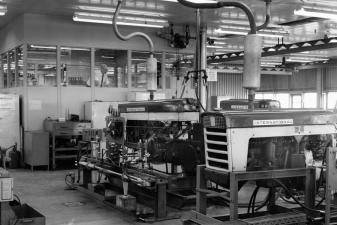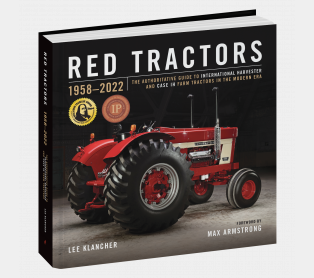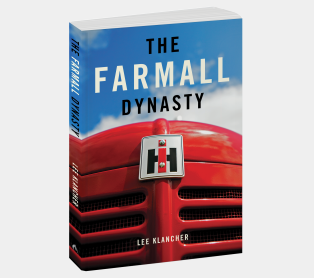The Evolution of The Letter Series

The 100th Anniversary of the revolutionary Farmall tractor is celebrated in Farmall Century: 1923–2023, the authoritative model-by-model history that traces the evolution and design of the most significant farm tractors of the 20th century. Award-winning author Lee Klancher chronicles how and why the Farmall tractor came to exist and how it evolved with his signature blend of compelling stories, engaging text, and spectacular images. The Farmall Letter Series tractors are iconic machines. In this excerpt, read about how they got their design start in the 1930s.
Beginning in the mid-1930s, IH started to develop its next new machine. The original Farmall was two decades old, and an update was due. Early experimentation was pretty simple: the engineering team grafted the straight axle from the F-12 to the F-20 chassis and built a machine called the “Lightweight F-20.” This morphed into the F-21 in 1936.
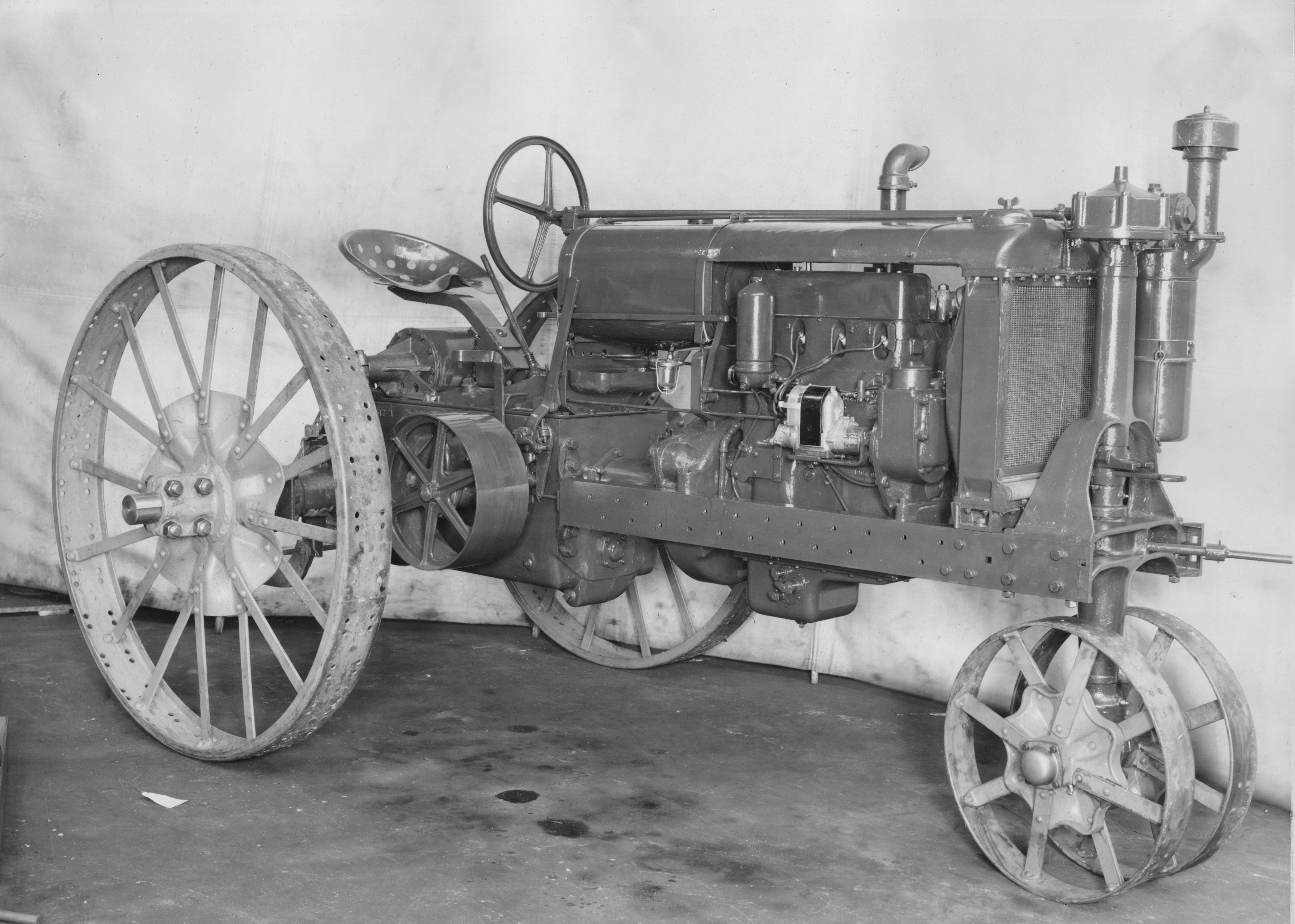
In March 1936, the basic design of the new IH model combined the adjustable axle from the F-12 and a new lift. The serial numbering on the photograph indicates nine were produced. Wisconsin Historical Society / 125528
The next variant, the F-22, was a more radical leap forward, with a frame design similar to that of the production Farmall H and M as well as sheet metal engine coverings that gave it a streamlined (if not entirely handsome) look. Experimentation on this front continued into 1938, with the F-15, 2-F, and 3-F experimental models built and tested. IH had experimented with sheet metal for some time, notably with the International 8-16, but it was Oliver that brought the look to row-crop machines with its 1935 Model 70. The machine featured louvered metal covers over the engine grafted to a gracefully tapered front grill that gave the machine style and elegance.
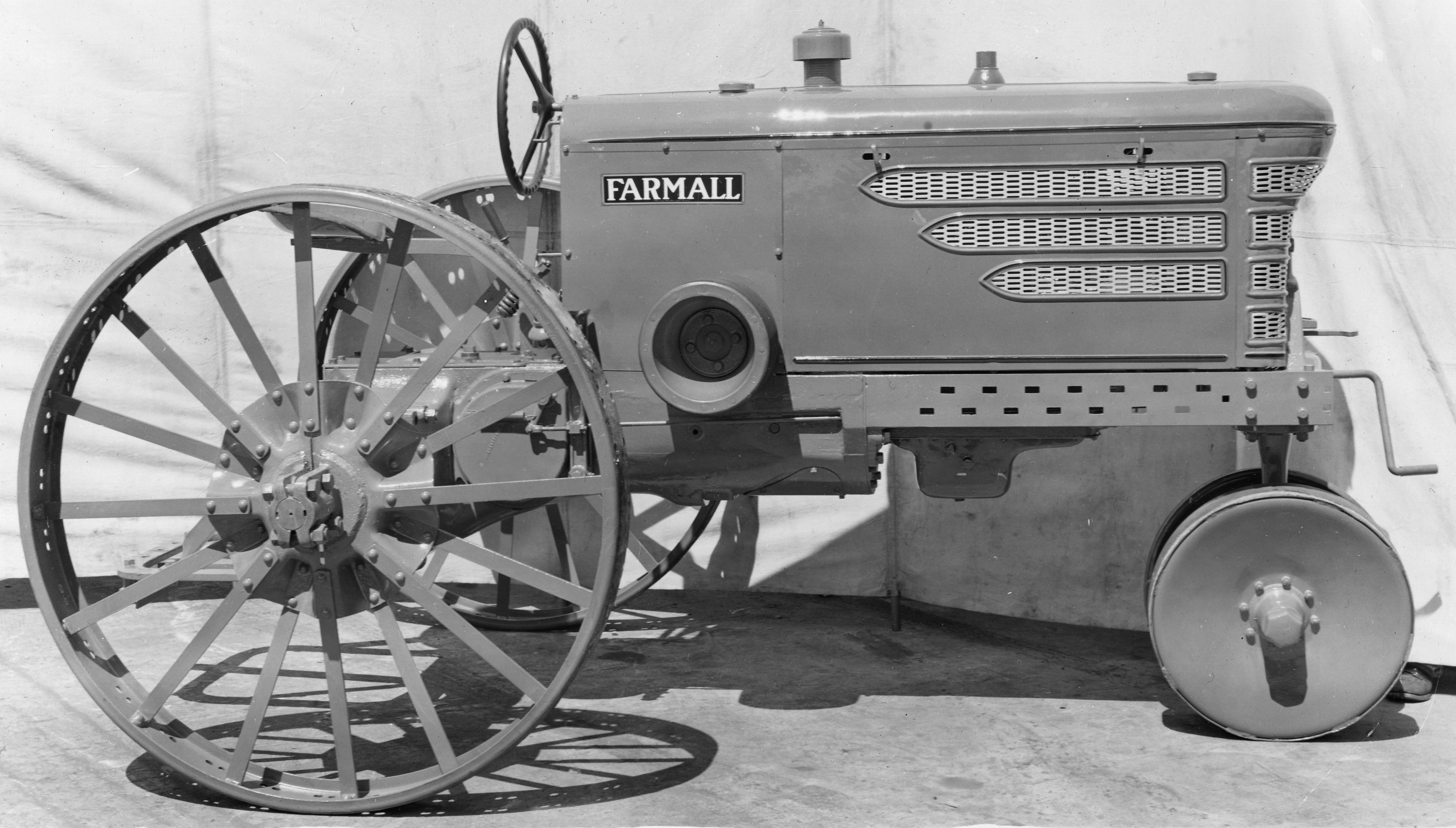
Styling made its way to the new IH model in 1937. Experimental model number 3538 weighed 3,427 pounds. Derided as expensive by sales executive John McCaffrey, production of this model was nevertheless seriously debated. The tractor was a significant upgrade from the F-20, with more horsepower, improved brakes, and a wider range transmission as well as adjustable tread width, pneumatic tire compatibility, hydraulic lift, and more. Development would continue for several years—to the model’s benefit. Wisconsin Historical Society / 12204
Taking this a step further in 1938, John Deere hired famed industrial designer Henry Dreyfuss to redesign its new Model A and B tractors. The elegant front end of these iconic models arguably became a signature feature of the brand, and the relationship between Deere and Dreyfuss would remain tightly knit until the early 1970s when Dreyfuss died.
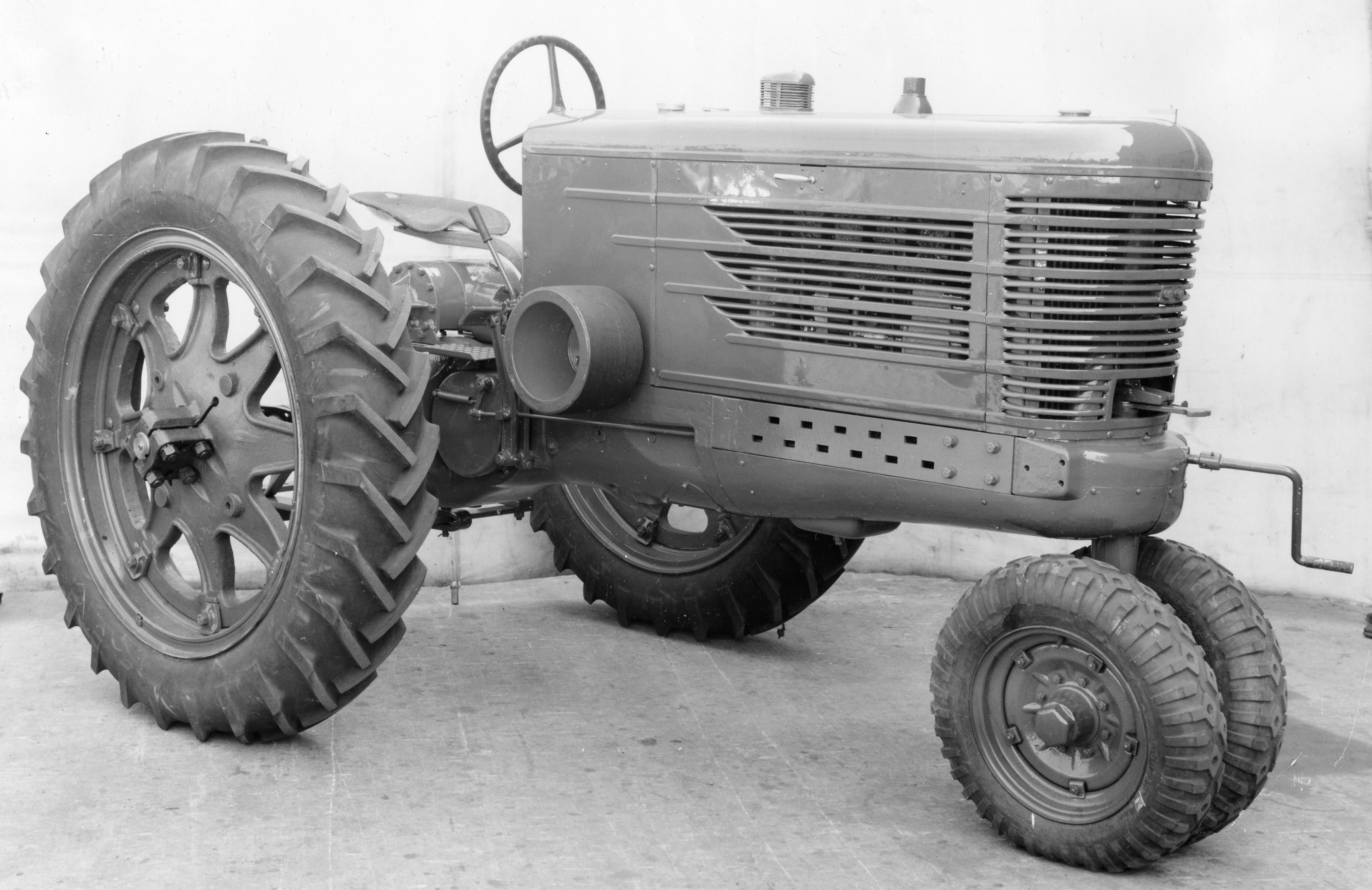
By July, the F-22 styling was a bit cleaner. This is experimental number 3580, which weighed in at 4,520 pounds. Wisconsin Historical Society / 12201
As the Farmall M and H prototypes began circulating, IH leadership took efforts to streamline and style its new machines. In the mid-1930s, IH decided to follow the practice of railroads, cigarette companies, and others and hire a high-profile industrial designer. They turned to Raymond Loewy, a brilliant, independent, and infamously sales-oriented stylist and bon vivant. One of the pioneers of the nascent industrial design movement, Loewy blended design talent with an unrivaled penchant for self-promotion. Worldly, well-dressed, and quick-witted, Loewy was the perfect match for the pomp and circumstance that prevailed in IH’s executive ranks.
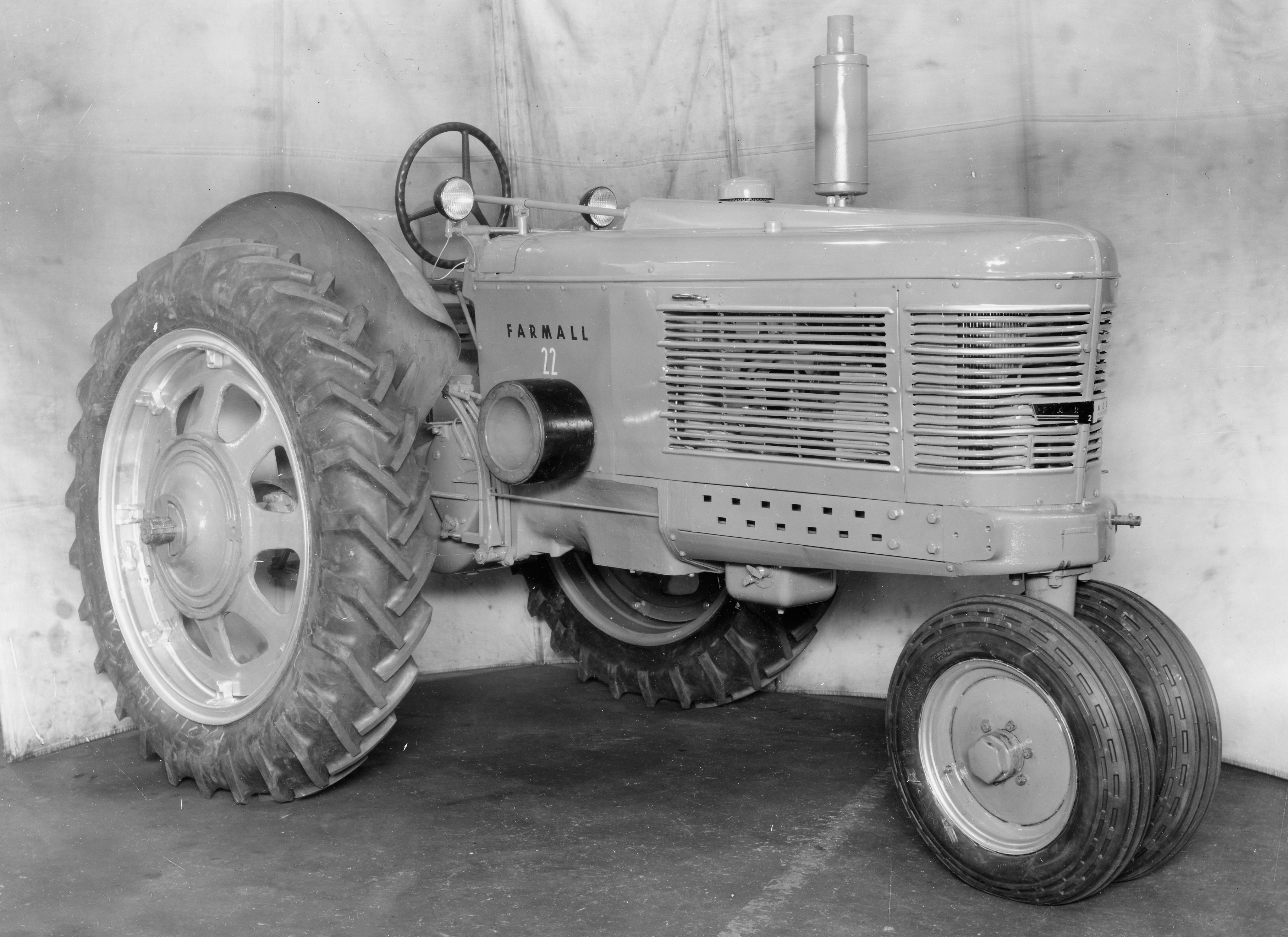
Number 3722 was equipped with fenders and lights and weighed 3,820 pounds. Wisconsin Historical Society / 12196
Loewy was brought in to help style the Letter Series, most likely sometime in 1937. His impact was just as profound as Dreyfuss on Deere—the Letter Series tractors were transformed. The awkward and eye-wateringly ugly sheet metal coverings on the prototypes were gone, replaced with a curved tank and side panels with elegant and simple lines. The combination created an iconic machine that is quite possibly what most people picture in their mind when you say “old tractor.”
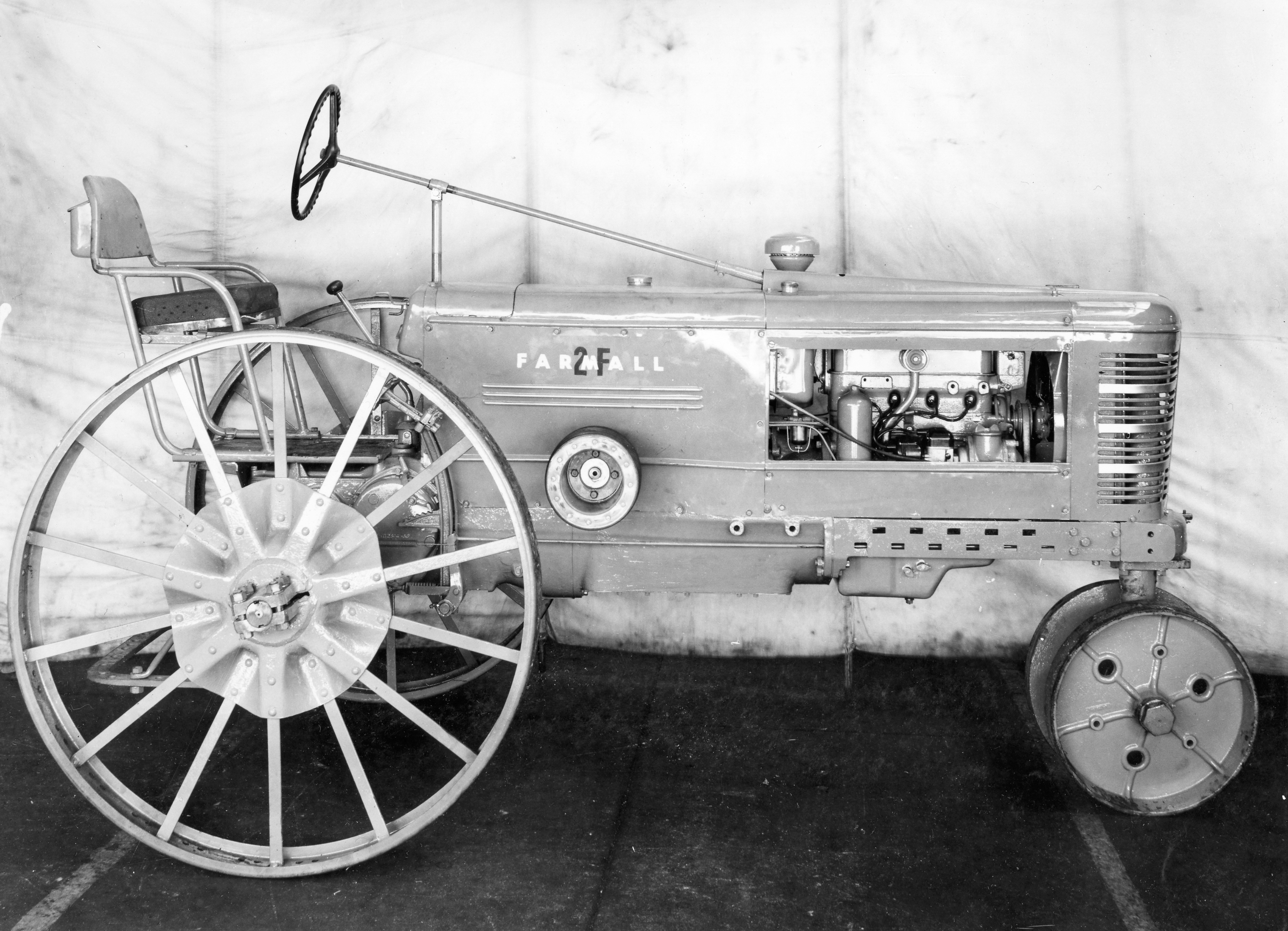
The F-22 became the 2F, of which several variations were built. This 2F is quite light, at 2,700 pounds, and is number 3800. Wisconsin Historical Society / 12189
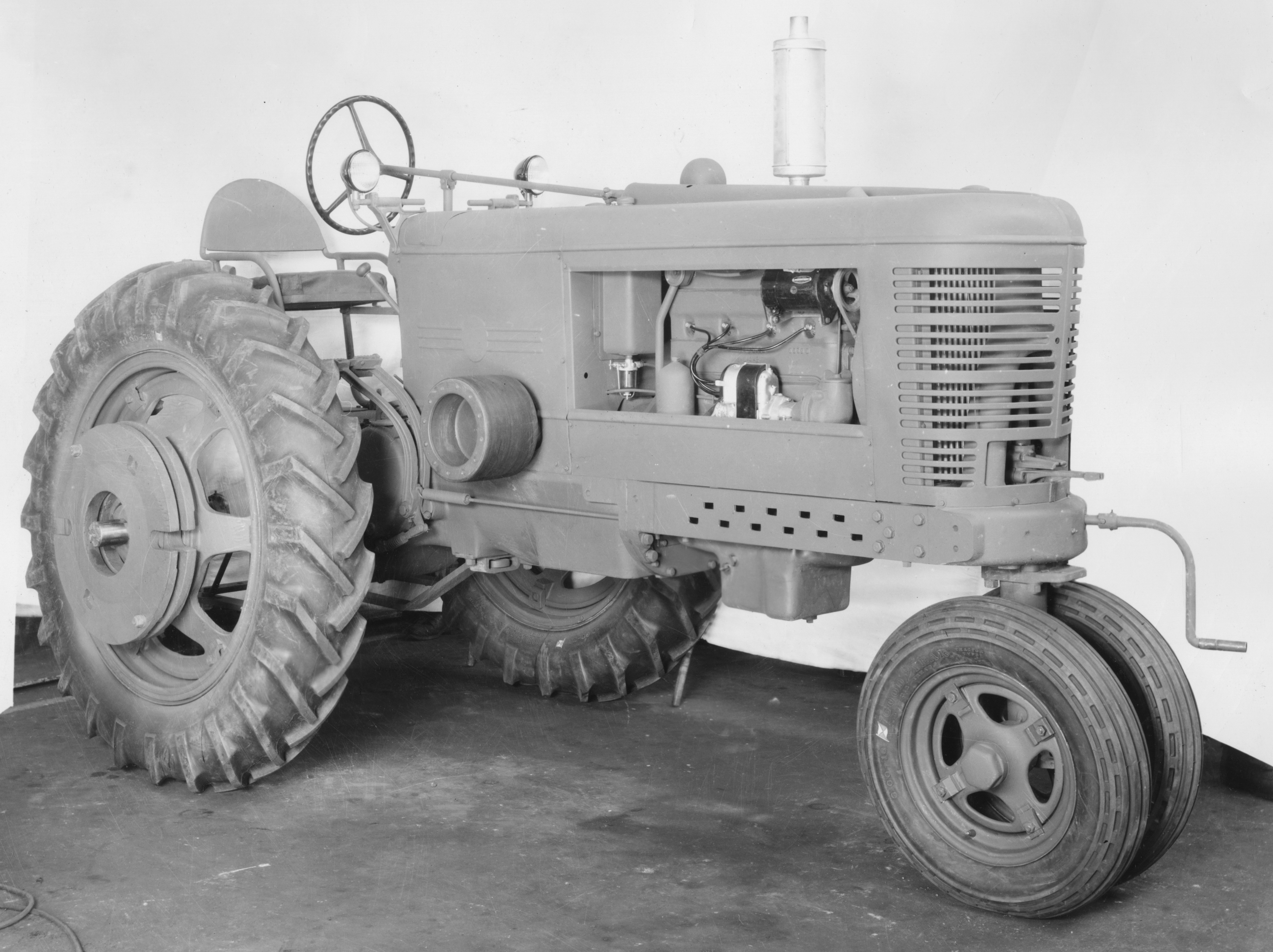
The prototypes for the Model M were known as the F-32 and later the 3F. This example is number 3830, photographed November 17, 1938. Wisconsin Historical Society / 125812
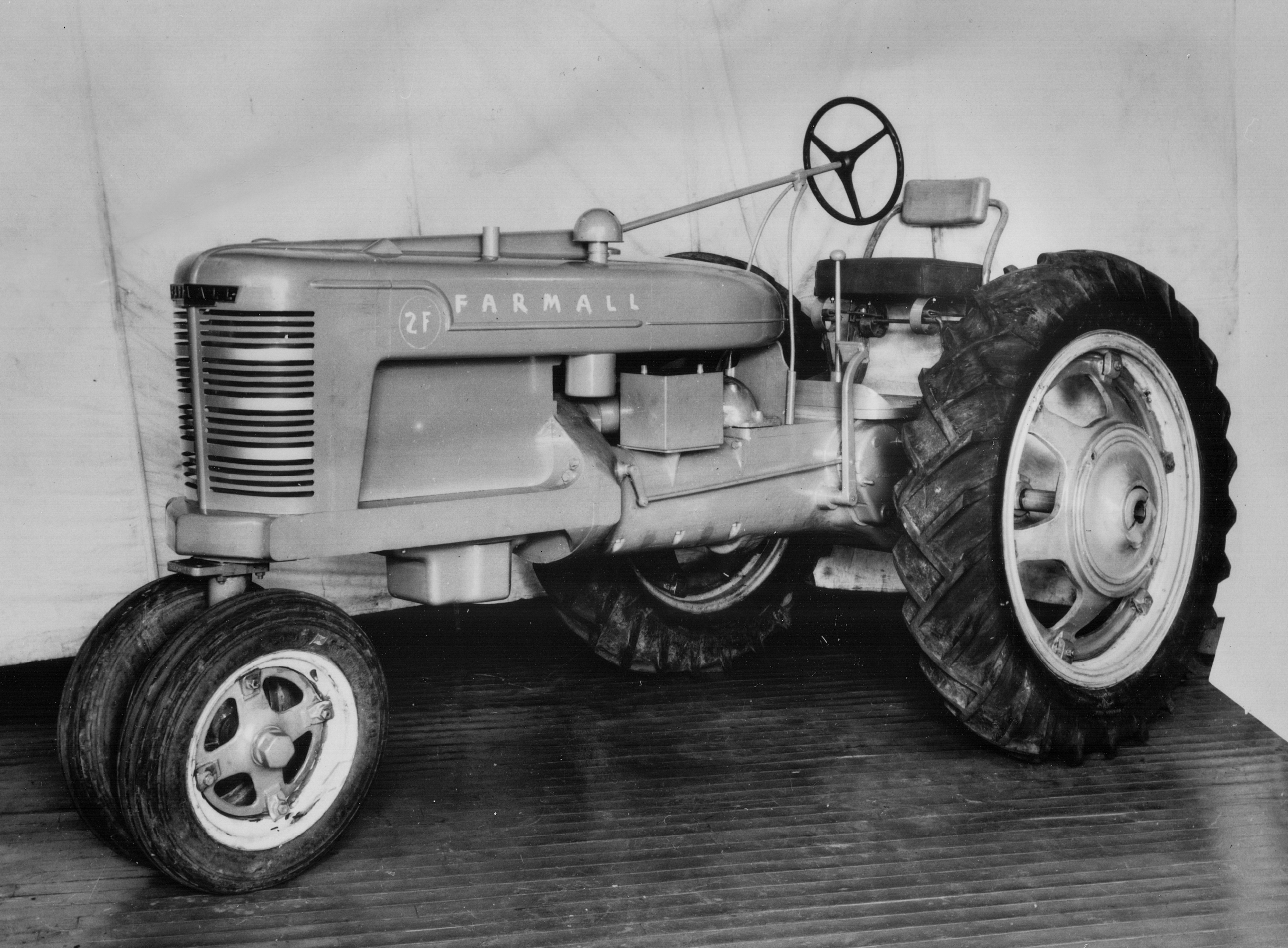
This December 9, 1938, image shows a wooden mock-up of the new Farmall. Wisconsin Historical Society / 12193
For more stories like this one, check out the Related Content and Related Books linked below!


